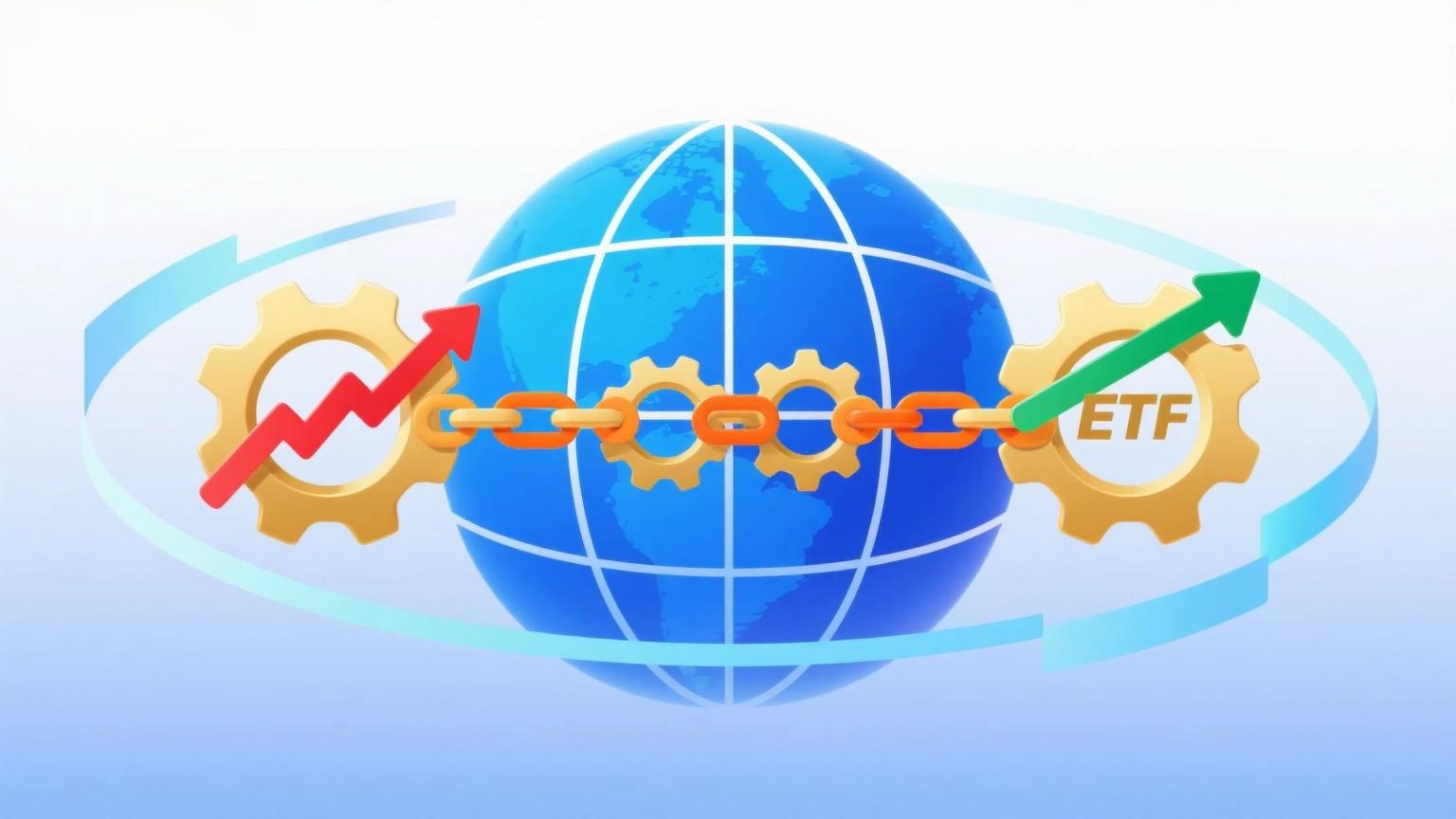
In recent years, the China Securities Regulatory Commission (CSRC) has successively established ETF connectivity mechanisms between China and Japan, Shenzhen and Hong Kong, Shanghai and Hong Kong, China and Singapore, China and Saudi Arabia, and China and Pakistan, giving rise to a series of cross-listed ETF products and facilitating two-way capital flows—both "going out" and "bringing in."
A report from the Shanghai Stock Exchange (SSE) shows that the connectivity mechanism has further expanded regional coverage. In addition to Hong Kong and the U.S., cross-border ETFs now cover markets such as Japan, Germany, France, South Korea, Southeast Asia, and Saudi Arabia.
As early as June 25, 2019, the Shanghai Stock Exchange and the Japan Exchange Group held opening ceremonies for the China-Japan ETF connectivity program, marking its official launch. Four China-Japan cross-listed ETFs managed by E Fund, China Asset Management, Southern Asset Management, and HuaAn Fund were successfully listed on the SSE.
In 2023, the Huatai-PineBridge CSOP SGX Pan-Southeast Asia Technology ETF was listed on the SSE, marking the official launch of the Shanghai-Singapore ETF connectivity. By mid-2024, the Shanghai and Shenzhen stock exchanges collaborated with the Saudi Exchange Group to promote capital market connectivity through cross-border ETFs. The Huatai-PineBridge CSOP Saudi Arabia ETF and the Southern Fund CSOP Saudi Arabia ETF were listed in July, extending the coverage of cross-border ETFs to the Middle East.
On March 28 this year, the Lion-China Merchants CSI Dividend Index ETF was successfully listed on the Singapore Exchange, adding another milestone to the China-Singapore ETF cross-listing initiative. Notably, this ETF introduced a RMB-denominated share class, making it the first cross-listed ETF product that can be traded in yuan.
As the scope of connectivity continues to expand, cross-border ETFs are expected to become a vital bridge linking global capital markets. Analysts believe that the ETF cross-listing model provides domestic investors with a convenient channel to access overseas markets, offering significant advantages in liquidity, trading efficiency, and fund operations. In recent years, the rapid development of ETF connectivity has further facilitated participation by domestic and foreign investors in dual-market capital markets and enhanced the appeal of A-shares to long-term overseas institutional investors.
The SSE report indicates that over the past two decades, domestic interest rates have been in a downward cycle, while domestic equities and bonds have shown long-term upward trends with clear complementary return characteristics. In a low-interest-rate environment, a portfolio solely consisting of domestic stocks and bonds may no longer meet investors’ needs for risk diversification and return optimization. Whether expanding asset classes to include commodities and foreign exchange or extending geographic exposure to developed and emerging overseas markets, these strategies will inevitably become essential choices for long-term asset allocation. As the framework for asset allocation evolves and the demand for global investment grows, cross-border ETFs will play an increasingly important role in the wealth management industry.
















